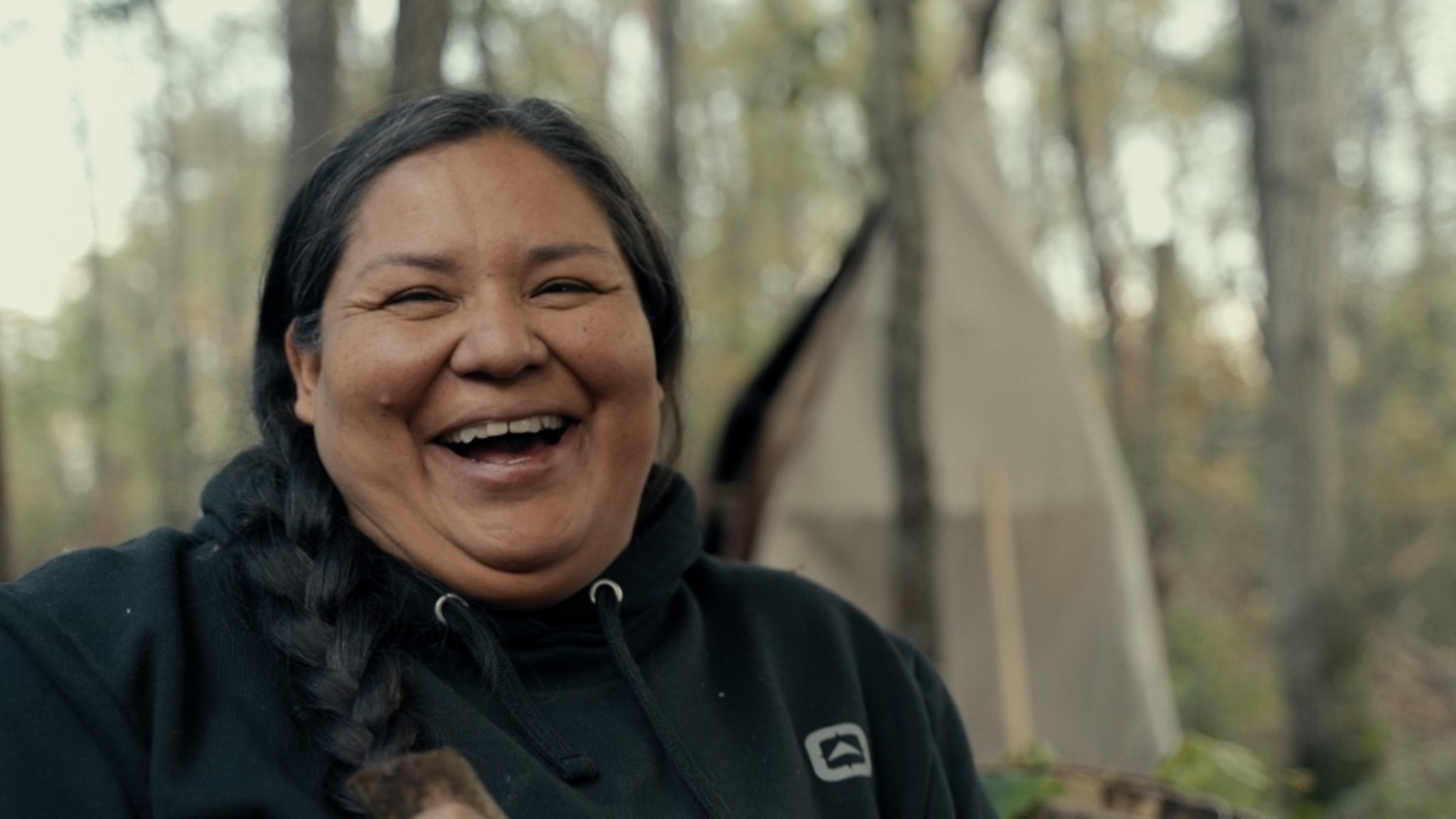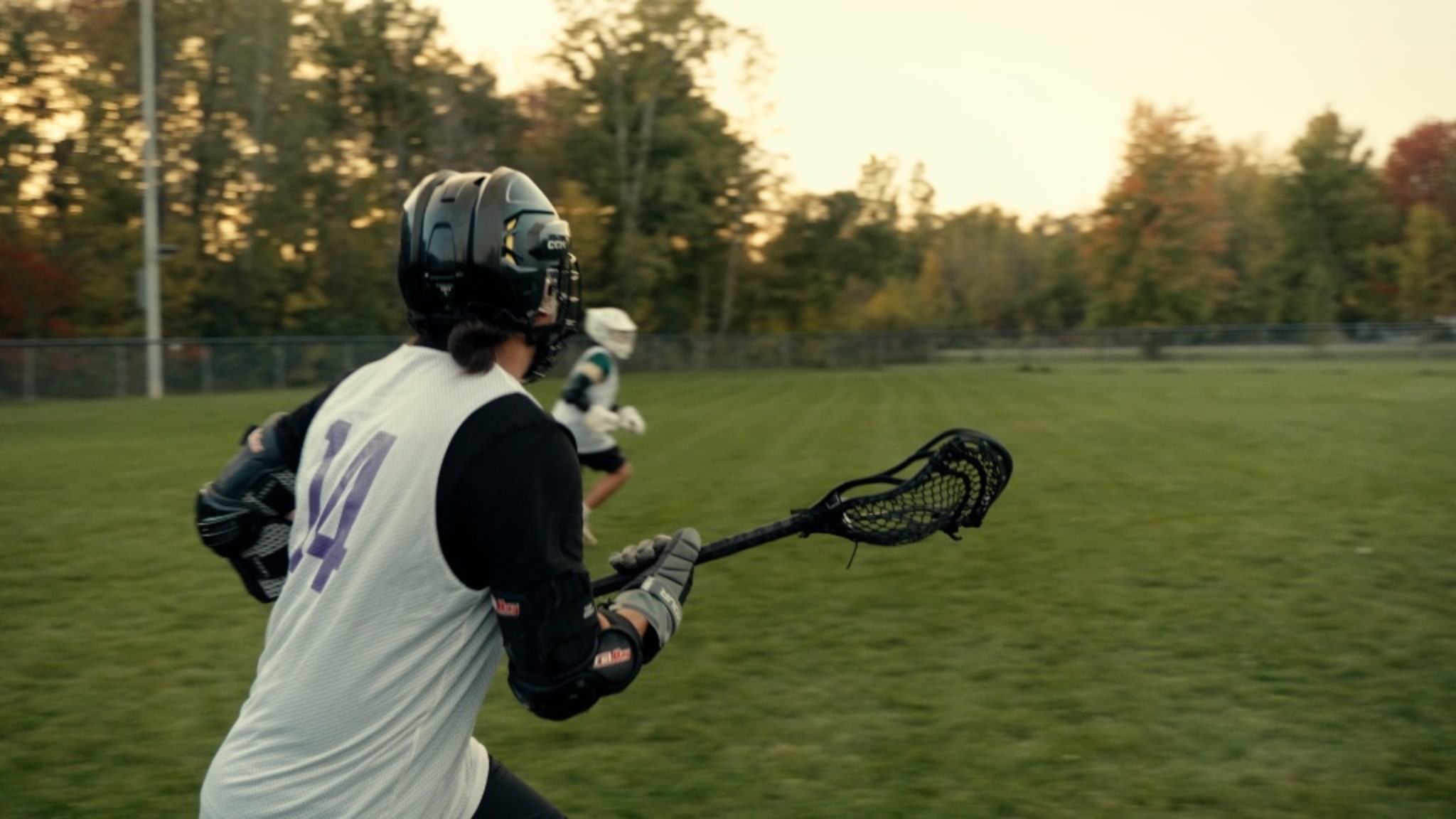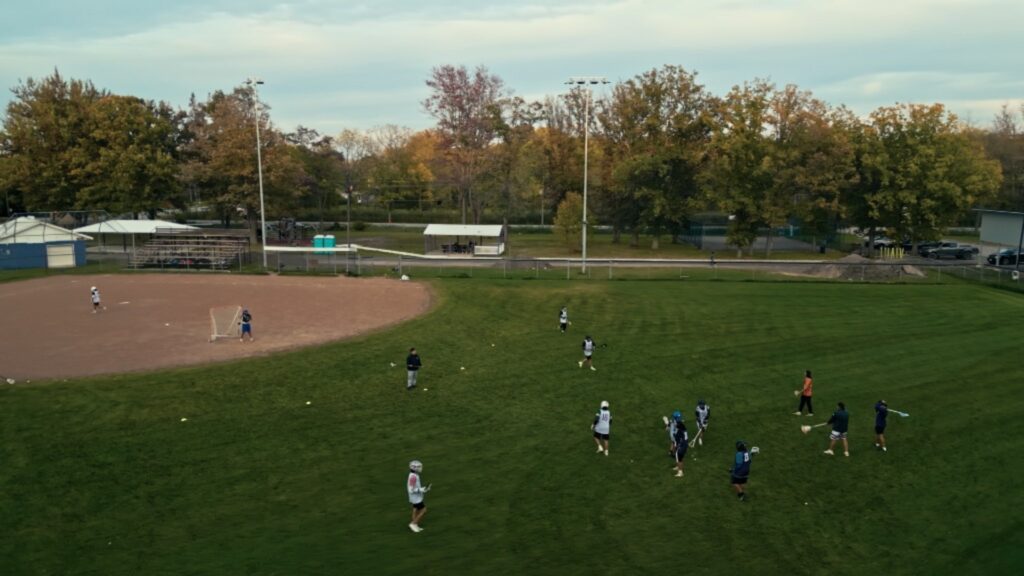4
EPISODE FOUR
ONEIDA NATION OF THE THAMES
OUR STORYTELLERS

RON

DAYNA
LACROSSE
tehutshikwá’eks
(Oneida)
For the Haudenosaunee people of the Eastern Woodland region of Turtle Island, lacrosse has always been known as the “Creator’s Game”. Referred to in the Oneida language as tehutshikwá’eks, it’s seen less as a sport and more as a spiritual and medicinal practice.
It is played by two opposing teams who pass a ball between players using a stick tipped with a net to score on the opponent’s goal. Variations of lacrosse and stickball go as far back as the 12th century, historically played for religious ceremonies or to simulate war.
The purpose of the game ranged immensely; played to settle inter-tribal disputes, to train for combat, for simple recreation or for religious and spiritual purposes to collectively pray for something: “for the pleasure of the Creator.”
Medicine men acted as coaches and pregame rituals were similar to those practiced before warfare, including body painting, decorating their sticks with talismans and wearing traditional regalia. Wagers were also often placed before the game.


As European colonists began to settle in the late 17th century, the game was increasingly restricted. Namely, Jesuit missionaries condemned the game, saying it was violent, sinful and debaucherous.
More insidiously though, it was discouraged as it was an activity that solidified Indigenous identity and created strong community bonds, something colonial powers wanted to eradicate.
The game was nonetheless quickly adopted and appropriated by the colonialists, becoming a popular pastime among those in high society and academic institutions. At the time of confederation, lacrosse became Canada’s national sport, but Indigenous people were banned from playing in any championship across the country.
That exclusion lasted for over a century, all whilst Indigenous people experienced the wholesale appropriation of a centuries-old tradition. Only In 1987 was the Iroquois National Lacrosse team finally recognized by the Federation of International Lacrosse, allowing it to compete directly against other nations on the international stage.

CONTACT US
Have a story about your own little big community?
Reach out and let us know! We would love to help you tell it.
